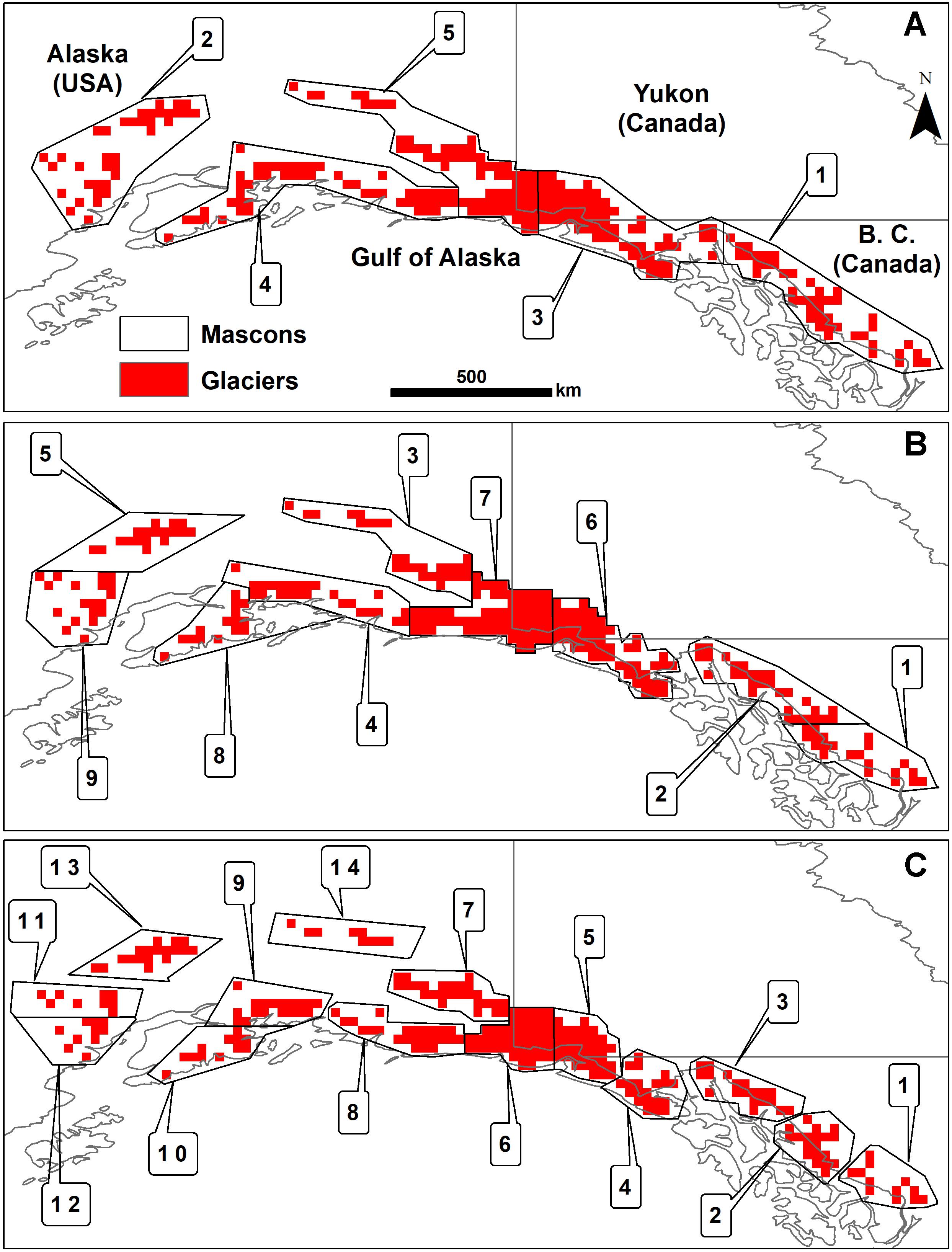

Interaction with the Shimshal environment further puts the area at risk ofĭestructive natural disasters. Hazards to the people and infrastructure (Iturrizaga, 1997). Inhabitants, from carving out the valley, providing a suitable settlementįoundation, acting as geographic barriers to nearby villages, and creating Glaciers have had a significant impact on the valley and its Km stretch of land home to the village of Shimshal (Figure 2) (Iturrizaga,ġ997, 2005). Himalayan outline provided byĪway in remote areas of Northern Karakoram exists the Shimshal Valley, a 60 Seemingly a large coverage of ice and snow, is just a small portion of theġ21,000 km2 encompassed by the HMA (Huss and Farinotti, 2012).įigure 1: Pakistan data from Hijimans, (2011). Outside of the poles, making it the world`s largest nonpolar reservoir Itself contains 10 percent (approximately 18,000 km2) of all freshwater (Figure 1) as well as the greater High Mountain Asia expanse (HMA). Glaciated, making up part of the Hindu-Kush-Himalayan region (HKH) Karakoram Mountain range in Northern Pakistan is heavily Of Landsat missions, and exploring the performance of a python-scripted geoprocessing tool.Ĭan the methodology from Li and Sheng (2012) be completed in a singleĭo these methods hold true across different Landsat missions? Suite for versatility, evaluating the compatibility of the methods to a range Project also addresses the following research objectives: testing the ArcGIS Leading up to the creation of GLIDER, the Normalized Difference Water Index from Landsat data to classify the most

Slope and hillshade calculations from a digital elevation model with a Based off the methodology of Li and Sheng (2012), GLIDER combines Introduces the Glacial Lake Identifier (GLIDER), a python-scripted geoprocessing tool for ArcGIS, and tests it on data from Shimshal, located in Pakistan`s region of the Karakoram Satellite imagery could become obstructed by shadows, ice, snow, and clouds,Ĭausing false classification of glacial lakes. The Karakoram Mountains are among such environments, where Satellite imagery, especially in areas with rugged terrain and harshĮnvironments. Geographical information sciences to remotely extract lake locations using Recording data, it is becoming increasingly common to use remote sensing and Traditional methods of acquiring this data requires field work and manually Research, especially in relation to glacial lake outburst flooding and how itĬan be monitored, mitigated, and measured for hazard risk. Glacial lakes in a given area is a common preliminary step in glacial lake Questions | Study Area | GLIDER | Landsat | Validation | Conclusions Glacial Lake Identification using the ArcGIS Suite


 0 kommentar(er)
0 kommentar(er)
